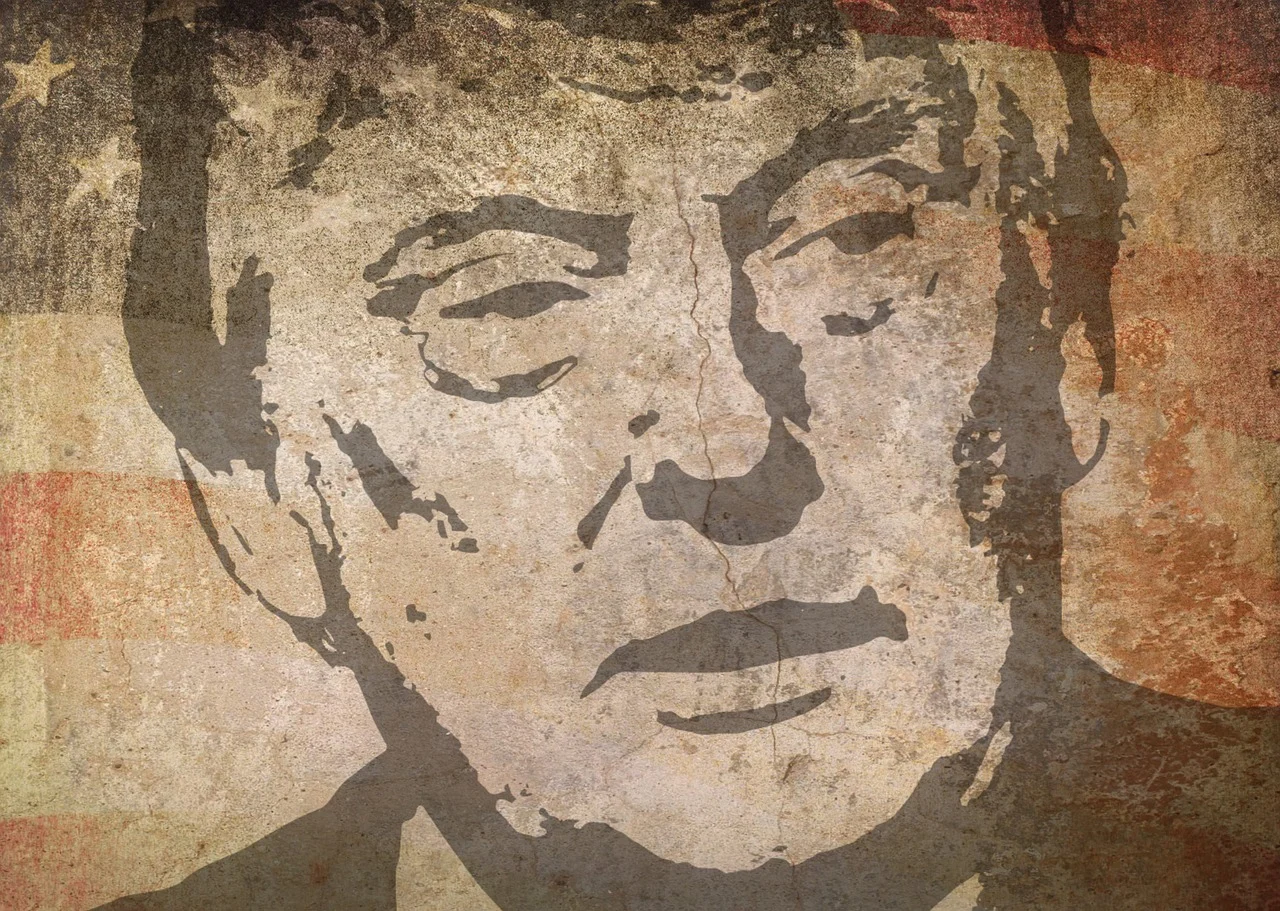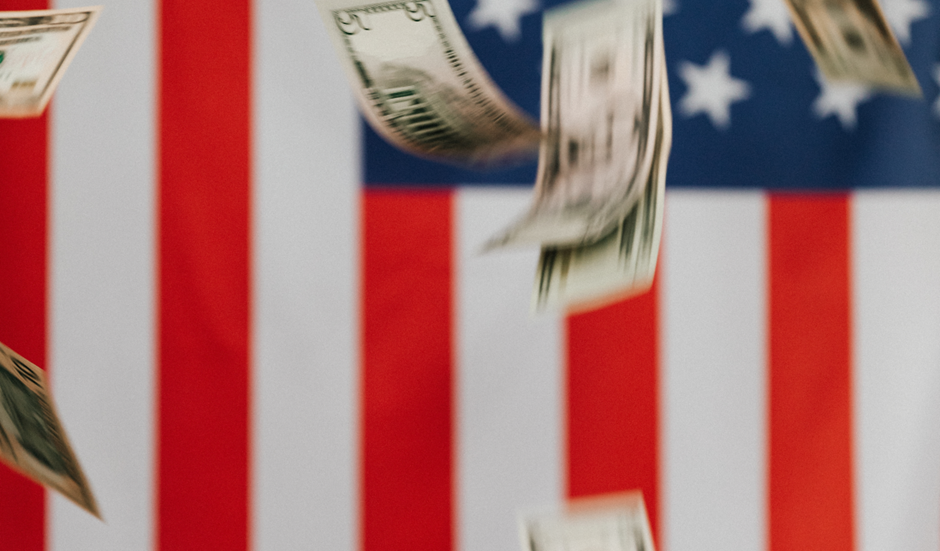Investors, economists, and policymakers are divided on the path ahead for inflation, with some arguing that inflation will safely land at the 2% target of most central banks, while others predict higher inflation and longer tightening. Those who believe inflation will quickly retreat point towards falling energy prices, improving supply chains, and the lack of a wage-price spiral. Those who predict sticky inflation point to historical trends, a tight US labour market, rising wage growth expectations in the eurozone, and China's economic reopening, which could add to global price pressures. The payrolls report on Friday is the most important data yet for the week and will set the tone for next week's CPI, retail, and manufacturing expectations.
EQUITY
It is the second big drop after stagnant trading on Wednesday, with bank and tech stocks leading the decline. The Nasdaq dropped over 2%, while the S&P 500 and the Dow lost nearly 2%. Investors were worried about inflation and the possibility of interest rate hikes by the Federal Reserve, but ultimately because of SVB Financial Group. It launched a share sale to shore up its balance sheet due to declining deposits from struggling startups, causing a 60% drop in its stock price.
GOLD
Gold prices are moving in an almost perfectly inverse relationship with the dollar index, rising 0.94% on Thursday while the dollar is down by 0.36%. The volatility index was falling as the bond market became more attractive, and it may hurt the value of gold.
OIL
Oil prices fell for the fourth session over concerns that interest rate hikes in the US and Europe would impact global growth and fuel demand. Both crude benchmarks fell by over 5.7% this week, their worst drop since late January. The US jobs report is expected to further influence oil prices, and Washington is urging commodity traders not to worry about shipping Russian oil at the ceiling price, indicating that more Russian oil could be allowed to enter the market.
CURRENCY
The yen weakened after the Bank of Japan kept stimulus settings steady. The U.S. dollar remained near multi-month highs against some peers but shed some gains after an increase in unemployment claims. The nonfarm payrolls report could be pivotal for the Fed's next steps, as economists expect an increase of 205,000 jobs in February, down from 517,000 additional jobs in January.














